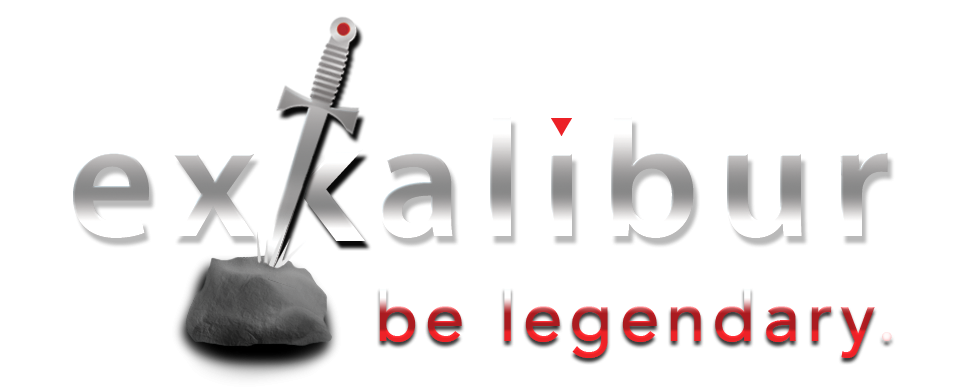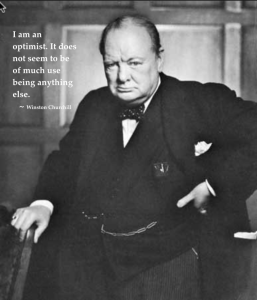
These are the four pillars of any firm’s long-term success
“Lary, give this customer a call. We’ve just received an unauthorized return, and I want these shoes sent back.
“Funny how the green shoes don’t fit and the red ones fit perfectly.”
It wasn’t uncommon for the chairman of company North (you may remember him from the 2nd article in our Culture Series, How Are You Paving the Road to Superior Performance) to stop by my office with a message like this.
I realized later he was talking in code
His remarks were actually a code:
“The red shoes sold well but the green ones the customer bought aren’t selling … so now they’re claiming they don’t fit so they can return them. We’ve had no other such complaints. Tell them we won’t accept them and refuse them at the door if they come back.”
I made a note to contact the customer, figuring I’d call them after lunch when I would be more likely to catch them three time zones away.
No e-mail back then.
What the hell are you waiting for?
Unexpectedly, the chairman returned to my office 20 minutes later to ask, “What did they say?”
The first few times this happened I asked, “Who?” … failing to make the connection he expected.
While I learned the nuances of merchandising economics with these examples, what I finally realized was that the chairman expected me to drop everything and call them immediately.
He wasn’t happy — “What the hell else are you doing?” — and after a few unpleasant encounters, I finally caught on.
[pullquote]“Talent is cheaper than table salt. What separates the talented individual from the successful one is a lot of hard work.” ~ Stephen King[/pullquote]
Radically Different Cultures – Similar Results?
Earlier we raised the question, Can Radically Different Cultures Produce Equally Great Results?
As a young executive, I found it remarkable than in my first two jobs in private industry, I witnessed exactly that – two companies with equally successful financial results produced from radically different cultures.
We’ve seen the difference between loyalty and fealty and the cultural differences that distinguish conscientious cost management and contentious cost reduction.
But, are there similarities?
What common threads run through these distinctly different businesses that underlie their success?
1. There’s no substitute for hard work
Simple hard work is one of them, although as I’ve illustrated, company North fused that notion with a sense of urgency that is missing in so many organizations and employees.
I’m not sure that this sense of urgency is easily taught, but I do know that it’s a powerful performance driver whose absence is equally enervating to otherwise vital organizations.
This story – from that same CEO of Company North is the best illustration I’ve ever heard to describe the power and value of a sense of urgency.
2. No Flexibility. No Success.
Flexibility is one of the cornerstones of business success. Both of these companies championed the power of flexibility that a low fixed-cost structure offers.
I know of no business, particularly in a punishing economy like the one we are trying to escape, where the future is certain and the current value proposition remains unchallenged.
While we’d like to think the future is predictable and that our product and service offerings are indispensable, the business landscape is always changing and what worked yesterday is probably old news today.
Low overhead, cross training of employees, outsourcing, diverse vendor sources and minimal customer concentrations that handcuff pricing and product changes … are just some of the features of this fundamental concept.
3. Innovation Keeps the Engine Running
[pullquote]If I had asked people what they wanted, they would have said ‘faster horses’. ~ Henry Ford[/pullquote]
Innovation is another powerful engine, one which middle market businesses often think is a fancy term best deployed by large companies with vast resources and deep talent pools.
Wrong.
Innovation doesn’t require a lavish think tank or a formal R&D department.
Simple changes to product features and service offerings, particularly when enhanced by vibrant pricing and refreshing marketing, qualify as innovation.
You must be eternally vigilant about changes demanded in the market and constantly update your value proposition.
If you accept the premise that the principal focus of business strategy is to gain a competitive advantage, you understand that differentiating your company’s product and service offerings through innovation is one valuable way this can be accomplished.
4. Keep Growing … or Die
Meaningful revenue growth is another hallmark of most successful companies, for me usually demarcated as something in the 10-15% range of compounded annual growth.
It’s true that unharnessed growth without the proper foundation and capital energy to propel it can be a treacherous path.
Yet, there’s no question that in the long term, the absence of meaningful growth will not create opportunities to build an organization of high performers because they won’t stay.
Stagnation also stifles innovation and reduces the financial rewards expected by shareholders and other stakeholders to achieve the ROI commensurate with the risk they have assumed.
Summary
There is no single path to business success, and there are many less traveled roads that successful companies have traversed.
Few of them have been achieved, however, without the integration of most of these core principles, which I’ve briefly summarized here:
1] Hard Work with a Sense of Urgency
2] Sustained Flexibility
3] Innovation Vigilance
4] Meaningful Growth
Question: Does your organization have each of these qualities embedded in your DNA? If not, what’s missing. Leave your comment below.



